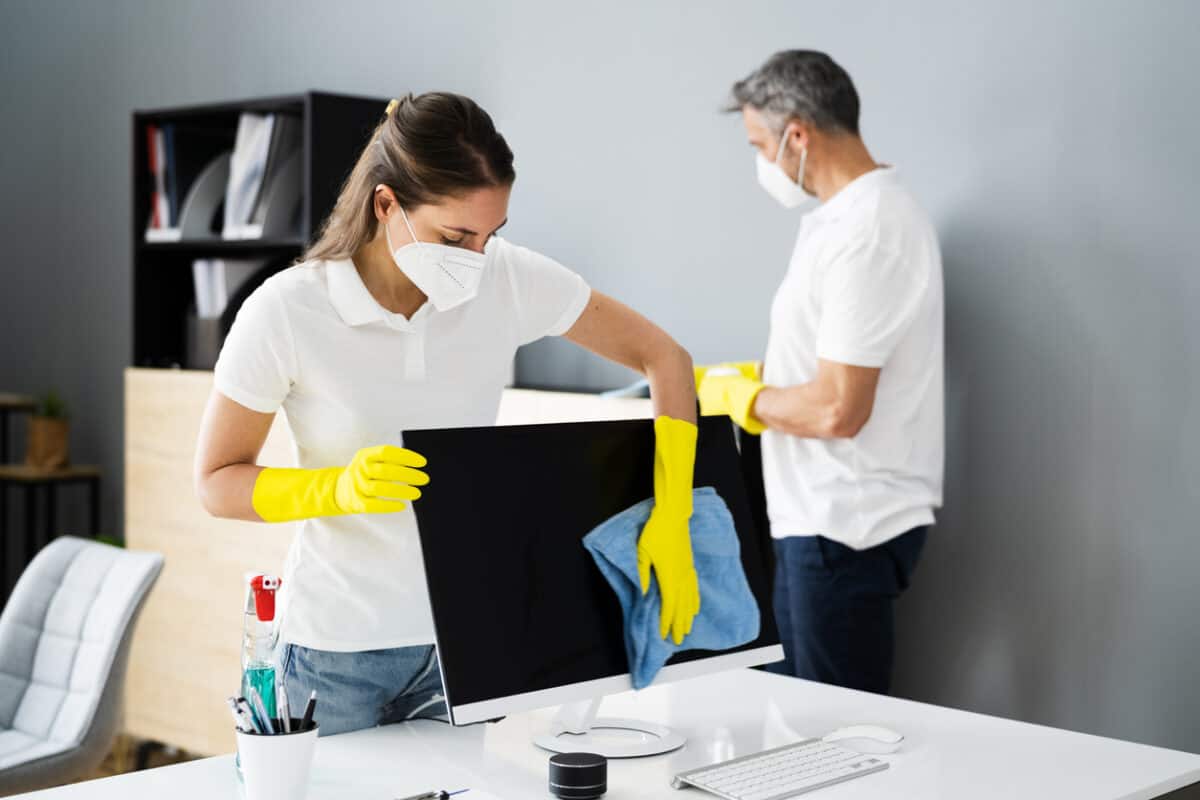Currently, Australia has an increase in hospitalisations of people with the latest COVID-19 variants and influenza. The Victorian Government, in particular, is resisting implementing a mandatory requirement for masks even though this Winter had been flagged as a season of high risk for transmissible infections, and such control measures were shown to be effective in previous years.
Regardless of the politics in the Victorian Government’s decision, and there is a lot of politics there with an election in November, what should employers do to reduce the risks of workers catching or transmitting the virus, and so maintain continuous operation and production?
Employers need to take ownership of the risk. In previous years, many employers did nothing without first learning what the government recommended of them. That might have been a legitimate strategy in early 2020, when information was thin, the risk was new and vaccinations were non-existent. That is not the case now.
Over the last two years, employers were required to produce a COVID-19 Management Plan. This is the best place to start managing the risks as these plans, although they might have been neglected for a few months, are tailored to the needs of employers and their businesses. The Safe Work Australia industry-specific information is still on their website, with some pages having been updated in the last few months.
Another consideration is to not get fixated on the issue of facemasks. These are examples of Personal Protective Equipment and are the least effective control measure for preventing exposure.
A better control measure would be to increase the ventilation in your workplaces. This will be a structural challenge for many offices but one that should already have been discussed with landlords and others since, at least, Winter 2021. In its simplest form, apply the precautionary principle and open a window.
Some employers may want measurable justifications for ventilation and this can be provided by air quality monitors. These monitors will readily display levels of carbon dioxide and sometimes other gases that show the freshness, the quality of the air in rooms, offices and other internal workplaces. This data can be enormously useful in assisting one to determine the “safe” quality of air and the degree of ventilation required.
In terms of the hierarchy of control, opening a window could be considered an engineering control.
There is always the working-from-home option which could be considered an even higher level of control by isolating workers from the potential occupational source of harm. Work can still continue, in most administrative contexts, even if at a lower level of productivity, although research over the pandemic has shown that higher productivity can also be achieved.
This is the issue that has many business groups frothing up at the moment. Many want workers to keep travelling to the office as this increases the income of many small businesses in central business districts. The business groups are advocating on behalf of the economic viability of their members but they are also consciously sacrificing the health of the community. Recently economics commentators have been reminding us that an economy works for the people, not vice versa. A similar argument can be made for a company working for the benefit of its workers, just as much, if not more, than for its shareholders.
The push for a continuing return to office work is, again, an attempt to return to pre-COVID routines and structures when the reality is we cannot go backwards and must progress and embrace change. This will mean a workforce that is decentralised. It will mean creating new ways of maintaining effective connections with workers. It will mean that the business plans need to be reconfigured to the new world of work and that the reconfiguration may show that a business is no longer viable, in that sector or that structure. Occupational health and safety (OHS) supports continuous improvement but one cannot improve by trying to return to a situation that has forever disappeared. Improvement implies progress.
Employers need to maintain the hygiene practices and schedules instigated at the height of coronavirus transmission. It was common in construction sites for all work surfaces in site sheds to be cleaned thoroughly twice daily. This was often a major part of the COVIDSafe plan. The risk of transmission has varied over the last few years but it has not been eliminated. The regular cleaning should now be a default setting and a budgetary stalwart cost. Some offices do not operate to a twice-daily schedule but have a continuous process of cleaning and disinfecting while people are at work. When trying to prevent an invisible and often fatal hazard, such a hygiene routine does not seem excessive.
So coming back to the question at the start of this article
“what should employers do to reduce the risks of workers catching or transmitting the virus, and so maintain continuous operation and production?”
In short, don’t panic. You know what to do, you know what is expected, and you know that the world of work and OHS has changed forever; so do what needs to be done. And review the strategy after Winter.

